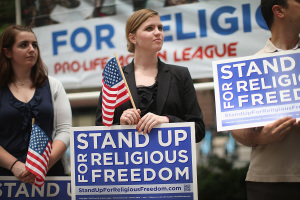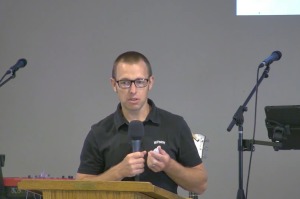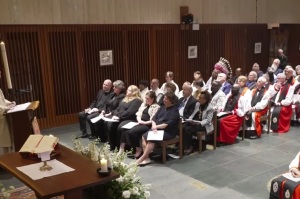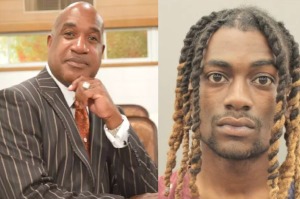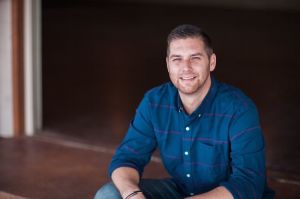Bible text amazingly stable but scholarly criticism, media coverage of it is faulty: professor
'Jesus and the Manuscripts' book reveals durability, stability of New Testament
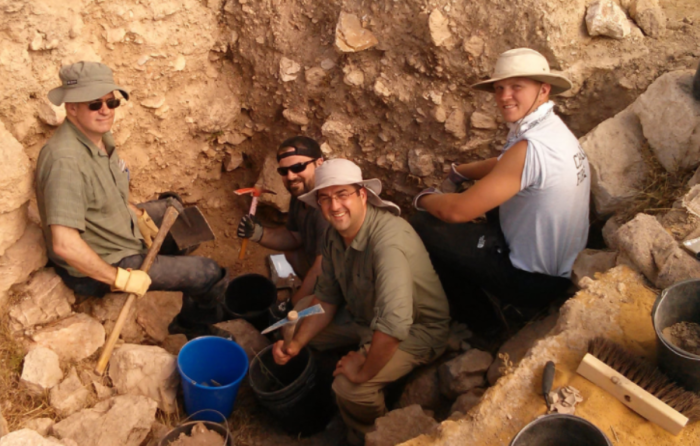
Secular media talk much of fraudulent works like “The Gospel of Jesus’ Wife” and little of the incomparable reliability of the New Testament, professor Craig Evans told The Christian Post, and that's why he decided to write his new book.
Jesus and the Manuscripts is for both the ordinary believer and those in academia, said Evans, who has a doctorate in biblical literature and is a distinguished professor of Christian origins at Houston Baptist University.
“Even biblical scholars do not know certain details about the manuscripts,” the Greek writings composing the New Testament, he told CP. Others in the academy seek to undermine the 27 books' reputation by misrepresenting their stability and accuracy over nearly two millennia, he added. One academician, for example, counts as errors when ancient scribes correct themselves or leave in or out “the” before proper names, an inconsistent practice in Greek ages ago.
In reality, only 40 lines of approximately 20,000 in the New Testament’s original script have any question about how they read originally, Evans said. An example is Mark 3:5, with Christ healing the withered hand of a man in a synagogue: “When He (Jesus) had looked around at them with anger, being grieved by the hardness of their hearts, He said to the man, ‘Stretch out your hand.’ And he stretched it out, and his hand was restored as whole as the other.”
“We aren’t sure whether it should read that Jesus was moved to ‘anger’ or ‘pity’ in response to how those in the synagogue react to him healing on the Sabbath,” Evans said. “Jesus was moved both to anger and pity on different occasions elsewhere in the New Testament.” However, that neither affects any substantive doctrine nor do any of the other lines with a tingle of uncertainty in them, he explained.
Most Christians, as well as those outside the faith, are unaware ancient Mediterranean peoples paid handsomely for scribes to copy books by hand both accurately and enduringly, he revealed. Archaeological evidence not only from Holy Land sites but Pompeii and other pagan locales show such works stayed in family libraries for up to 300 years, with 150 to 200 years typical.
The famous Christian apologist and theologian Tertullian wrote in the 190s A.D. that if any dispute arose about the contents of a biblical passage, scholars could go to the churches established by the apostles and see the “authenticae,” or “autographs," the very papyrus upon which Paul and other New Testament authors wrote. With the era's ordinary literature — let alone the epistles forming the backbone of one’s beliefs — lasting into the hundreds of years, Tertullian’s statement is quite plausible.
“That’s why the text remains so stable,” Evans said. “With other ancient literature, entire chapters are missing or read differently, but we don’t have that with New Testament writings.”
There are several hundred complete copies of the New Testament within a few hundred years of the apostles, and several thousand more items containing parts of the text. That is markedly more than The Iliad and The Odyssey by Homer as well as the works of Sophocles, Plato and Julius Caesar.
The Quran also falters in comparison, Evans asserted. There are scores of ancient copies of the Bible because the Church never tried to round up differing readings and take them out of circulation. However, Islam did just that by burning such copies of its holy book, though enough survived to show there have been significantly varying renderings.
Terming “very murky" the origins and transmission of the Quran, the professor noted that the title itself means "recitation," and "it was not committed to writing until the 700s A.D., long after Muhammad's death" in 632.
As for “The Gospel of Jesus’ Wife,” a forger with some background in ancient Middle Eastern languages and a penchant for fast talking brought it to the attention of Harvard Divinity School professor Karen King, who originally rejected it but later came to certify it as authentic. A scholar in biblical feminism, she found appealing the work’s storyline suggesting Christ and Mary Magdalene married and He gave her the same teaching as the apostles.
The fraud eventually came to light and discredited King and her institution instead of advancing their reputation as they desired. “The media’s bias is toward the sensational, not critical thinking and examination,” Evans said of journalists' publicizing the extrabiblical work as authentic while asking few questions.
As for the Old Testament text, there are no copies as close to the autographs as the New Testament, but archaeology has bolstered its reputation for accuracy too. For example, for a long time the oldest manuscript of the book of Isaiah was 1,700 years after most scholars believe it was written. However, among the Dead Sea Scrolls was a copy from c. 100-200 B.C. of all 66 chapters except a few words rotted away at the bottom of some pages.
“Guess what?” Evans asked rhetorically. “It was the same text, 99% the same.”
















